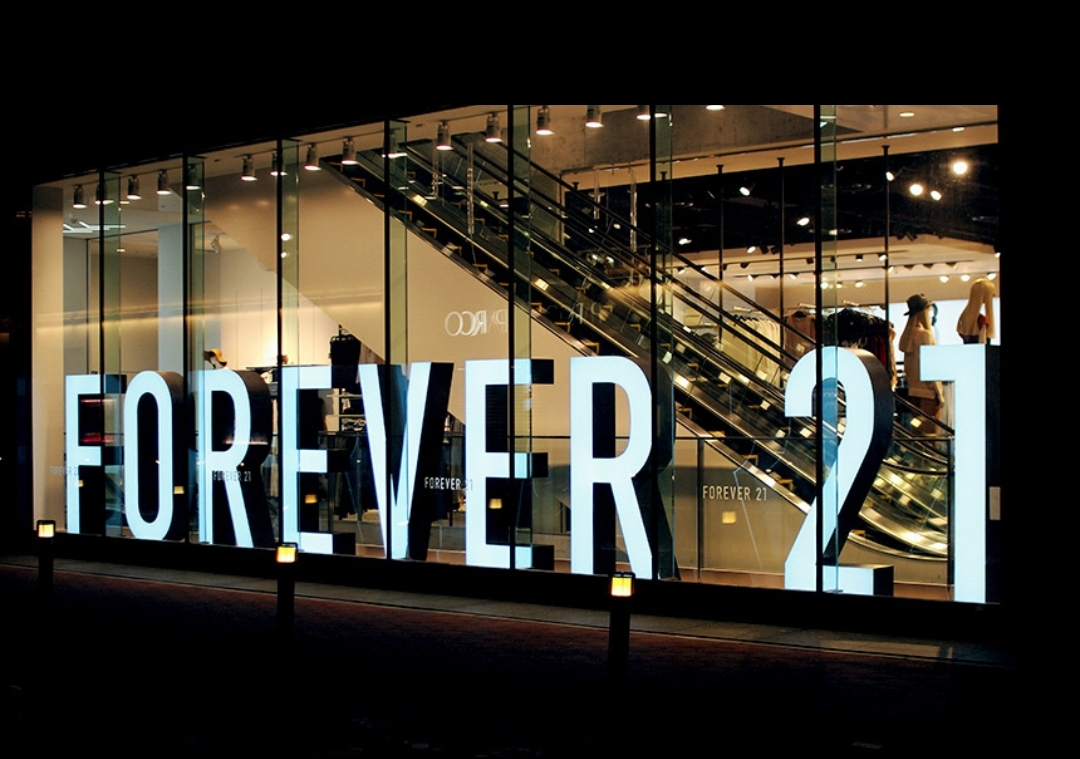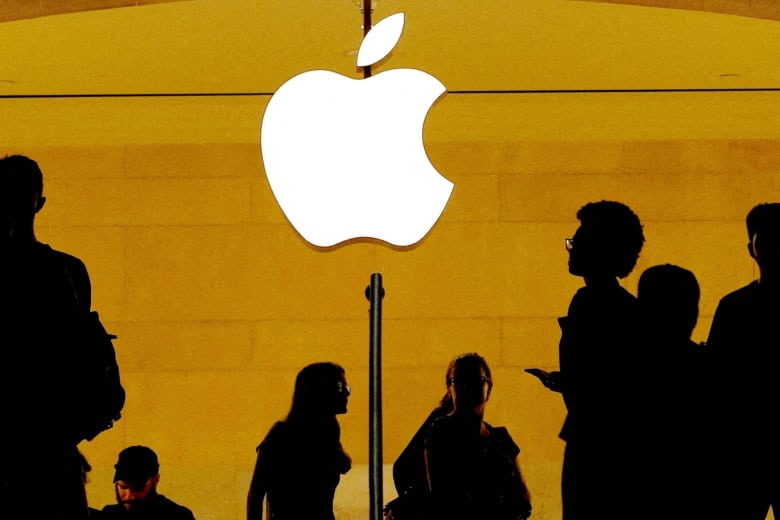In recent decades, the fashion industry has been an engine for global development. Everyone today wants to be in a vogue magazine and updated with the latest fashion trends. Whether its street hawkers selling garments and accessories or celebrity ace designers Masaba and Ralph Lauren or fashion labels such as Zara and Armani, each one is competing to be the best. Here is the one of the top fashion labels and its downfall and bankruptcy which was once hot spot for teen clothing.
The brand ‘Forever 21’ initially was called as ‘Fashion 21’ and was then America’s one of the fastest growing fastest fashion retailers with making $7,00,000 in the first year. It was founded in 1981 by couple Jin Sook and Do Won Chang who shifted to Los Angeles from South Korea. It was found in almost every other mall. ‘Fashion 21’ was filled with inexpensive clothing made by Korean-American manufacturers in Los Angeles. The company’s success was selling trendy clothes at pocket friendly, affordable price. The name was changed to Forever 21, as Mr. Chang believed that 21 is the most enviable age. Hence, meaning ‘being always as young and beautiful as 21 year’.
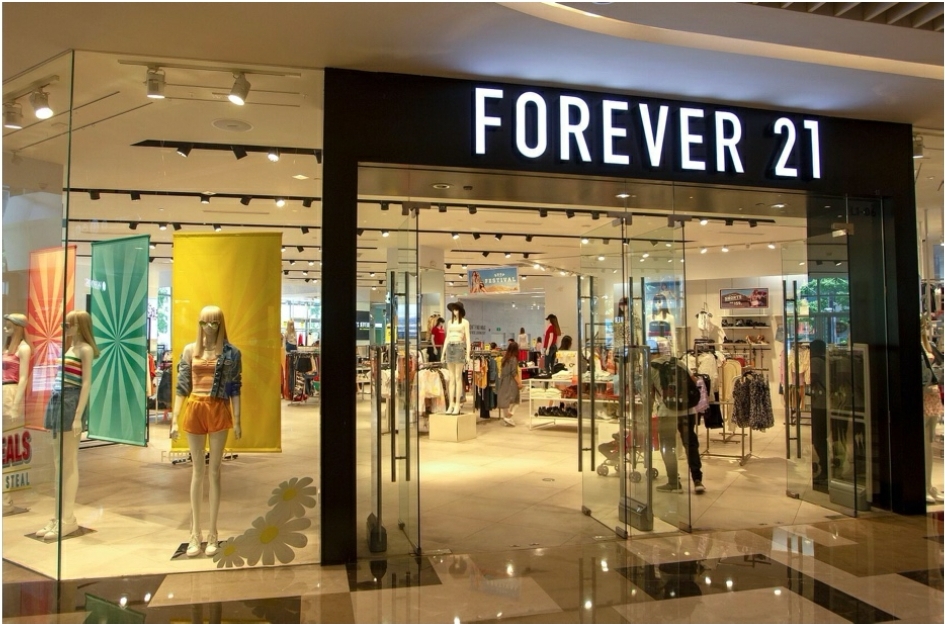
(Source: Forever21)
But what happened to Forever21?
The biggest mistake of Forever 21 was in real estates. After the company started flourishing in the initial years, it expanded without any limit. It grew too fast and had dubious practices. The brand did not pay attention to their e-commerce sales which was merely 16% of their sales. Hence, Forever 21 became very vulnerable to online competition which was for sure the future.
By 1989, Forever 21 had 11 stores across California. By 1999, it had 100 stores across USA. It started flagship stores in major cities like Miami and Chicago and were massive averaging to 24,000 sq. feet in size. This was all possible due to Mrs. Chang’s eagle eye for business and her clairvoyant ability to predict trends.
Most of Forever 21 ‘s products were cheaper and did not have quality. Well, fast fashion can and has been profitable for brands. In 2006, they introduced men’s clothing line. In 2007, lingerie line and plus size line in 2009. Also, cosmetics in 2010. So, not to be surprised, Forever 21 brought in $4.4 billion in sales and had net worth of over $5.9 billion. By 2018, there were globally 800 stores.
Forever 21’s sales peaked in 2015, with $4.4 billion in global sales that year and in 2017, Forever 21 generated a revenue of $3.4 billion.
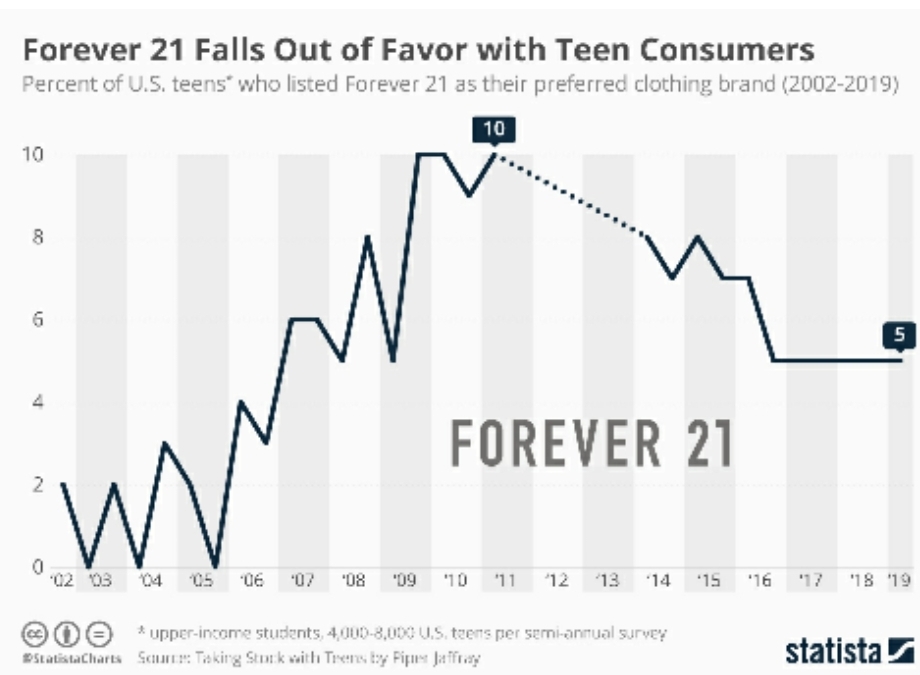
(Source: Statista)
Many controversies and cases are alleged on Forever 21. In 2001, in Los Angeles, Forever 21 was sued due to long work hours, bare minimum wage or nil which created 3 year boycott against Forever 21. It was settled in 2004. In 2019, there was a drop of 32% in sales when the Do Won Chang admitted to ‘People’ magazine in June 2019 edition that it used cheap overseas labourers. It rocked the world of fashion for better or worse.
One of the cases is where Ariana Grande has sued Forever 21 for copying her style in her seven rings video. Some jewelries contained toxic cadmium. To the extent, the company has bought into religion in its business. The most evident to be the verse ‘John 3:16’ being printed on the bottom of their shopping bags. Even their graphic tees which have ‘Holy’, ‘Jesus loves (heart emoji) you’ printed on them. This proves that the company did not have a clean chit.
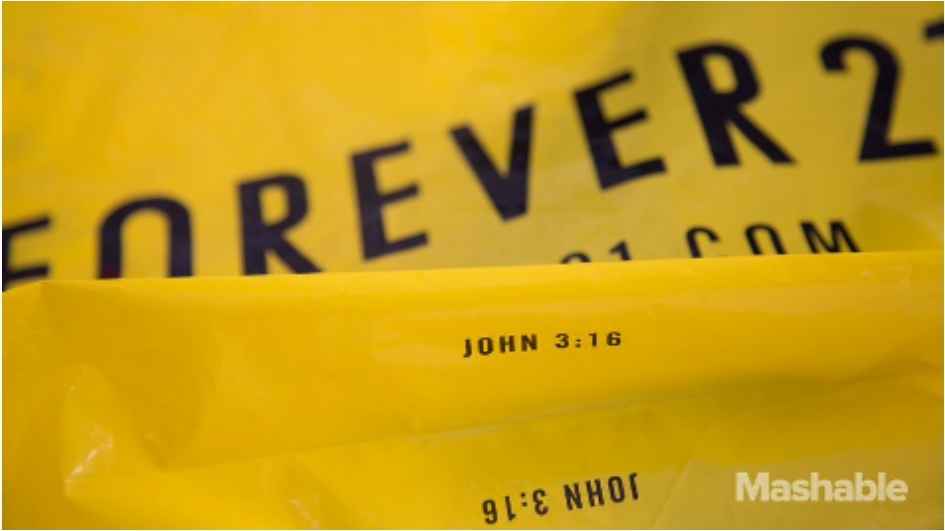
(Source: Mashable)
The owner of the company, the Chang’s have lost more than $4 billion from their personal net worth. The company is now in overall $500 millions debts. It has filed for Chapter 11 bankruptcy protection in September 2019. The business of Forever 21 would be sold to group of buyers for $81 million. Well, this bankruptcy could be a lesson for Forever 21 and in period, it can again be one of the fastest growing fashion retailers.
By: Khushi Shah
Literary sources: Business Insider, NY Times, Forever21, Forbes, Statista

